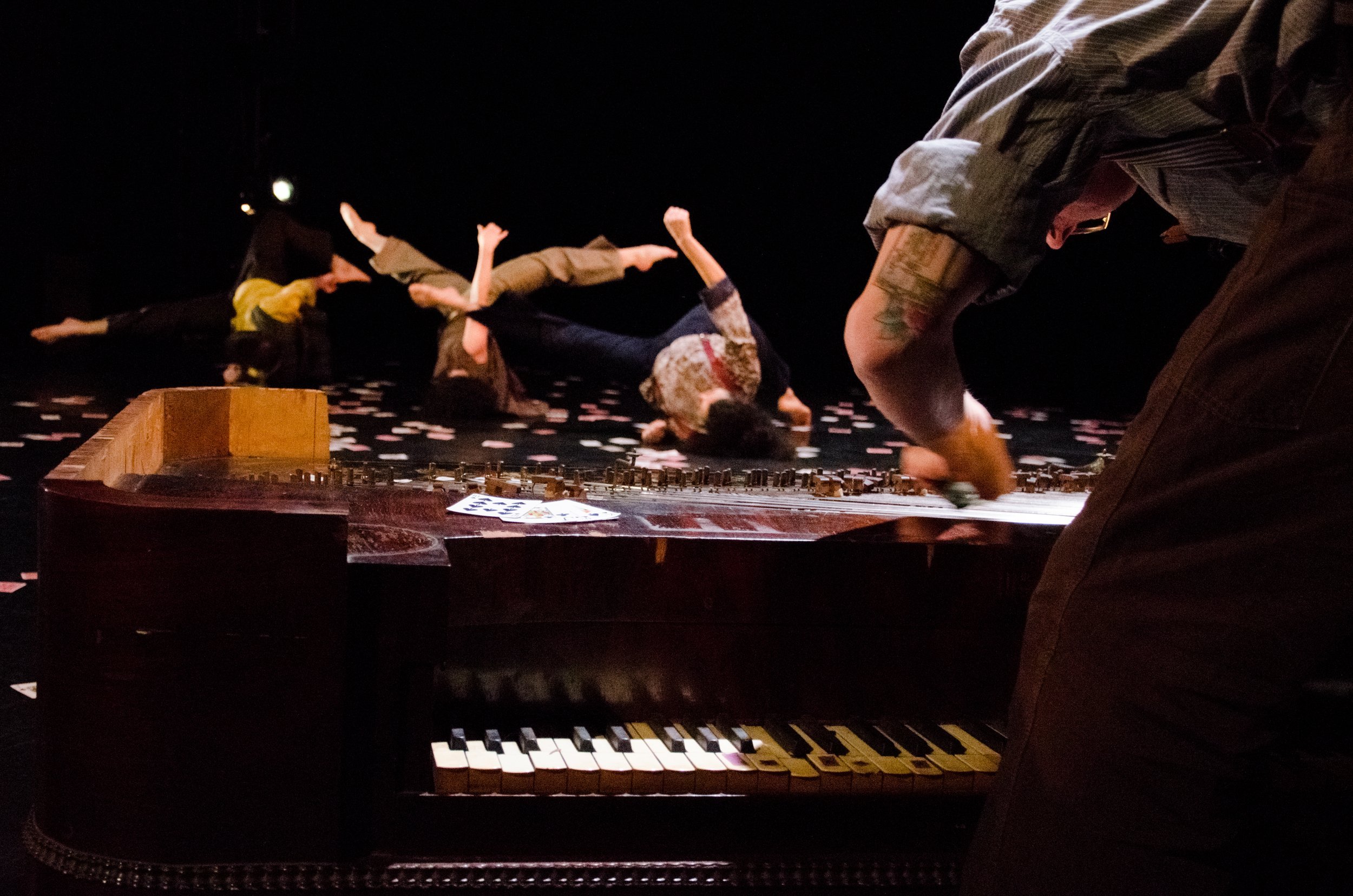
How to Lose a Mountain
2012-2013
How to Lose a Mountain was an environmental performance project that examined loss and gain, risk and reward, and the distances traveled by our stories, our stuff, and ourselves. The multi-faceted project included a 500-mile walk, storytelling and environmental education workshops, explorations of sustainability in dancemaking and production, and an evening-length performance.
About the Project
How to Lose a Mountain is an innovative project that explored the environmental and social impacts of climate change by looking at the sources of power in our modern homes and the many intersecting communities affected by our continuing reliance on fossil fuels. The commissioned stage production was part of a multi-year choreographic project in which Cassie Meador, now Dance Exchange Executive Artistic Director, investigated the resources that power her home by walking from Washington, D.C. to a site of mountaintop removal in West Virginia. Along the way, she and Dance Exchange artists visited power plants, communities, and activists impacted by mountaintop removal and led movement and story sharing workshops with local communities including “500 Miles/500 Stories” workshops and movement-centered environmental education workshops which launched what’s now known as Dance Exchange’s Moving Field Guide.
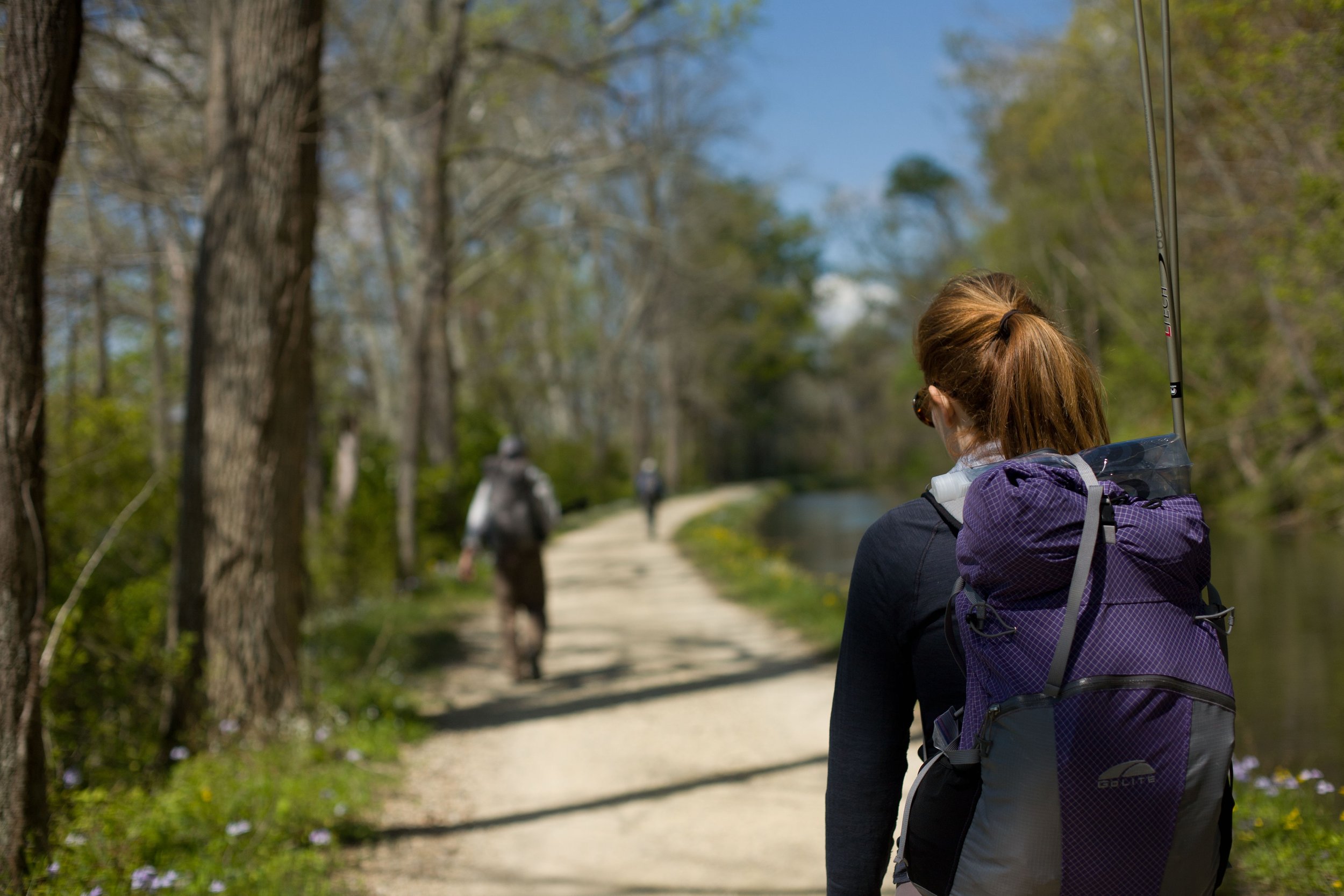
“When you walk 500 miles, there is no way to avoid shaking the very foundation of the life you are living and building. This is also true of making dances. It is a plunge into the unknown, a way to go new places and to return home, to reshape our lives and actions, and to encourage our curiosity about who we are, where we come from, and how we sustain our lives.”
— Cassie Meador
Connect
Bring a Dance Exchange performance residency to your organization or community.
Learn about Dance Exchange’s Climate Initiative.
Join Cassie’s Climate Circle to support Dance Exchange’s work at the intersection of artmaking and climate.
Learn about the Moving Field Guide program that grew out of this project.
Project Collaborators
Artistic Direction
Cassie Meador
Development and Performing Ensemble
Matthew Cumbie, Performer
Zeke Leonard, Performer, Musician, and Instrument Maker
Sarah Levitt, Performer
Paloma McGregor, Performer
Shula Strassfeld, Performer
Choreography was created in collaboration with members of this ensemble, who also joined sections of the 500 mile walk. Communities along the route also contributed to the choreography and development of the piece.
Additional Collaborators
Matt Mahaney, Backcountry Guide and Outdoor Educator
Jori Ketten, Documentation
Kate Freer, Website Designer
Jenny Greer, Graphic Designer
Meg Kelly, Walk Co-Producer
Mark Twery, USDA Forest Service Partner
Design and Production Team
Ouida Maedel, Production Stage Manager and Walk Co-producer
Ben Levine, Technical Director
Shane Meador, Scenic Design
Mike Riggs, Lighting Design
Stowe Nelson, Sound Design
Cheryl Patton Wu, Costume Design
Scot McKenzie, Steel Work
Sarah Chapin, Annie Choudhury, and Bradley Porter, Painting and Carpentry
Patrick Calhoun, Sound Assistant
Learn More
-
Read the review of the performance in Washington Post, as well as coverage in HuffPost.
-
See excerpts of the performance and hear from Cassie about how the project started, who participated in the development of the project, and what she packed in her backpack for her 500 mile walk.
-
Explore stories from the process of creating How to Lose a Mountain, including stories from Cassie’s family, from the walk, and from the people Cassie met along the way.
-
Read Cassie’s reflections upon her return from her 500-mile walk.
-
Read scholarly analysis and reflection on How to Lose a Mountain from UC Irvine and The Ohio State University.
-
Hear Cassie in conversation with climate and culture experts discussing the intersection of dance, culture, and energy policy.
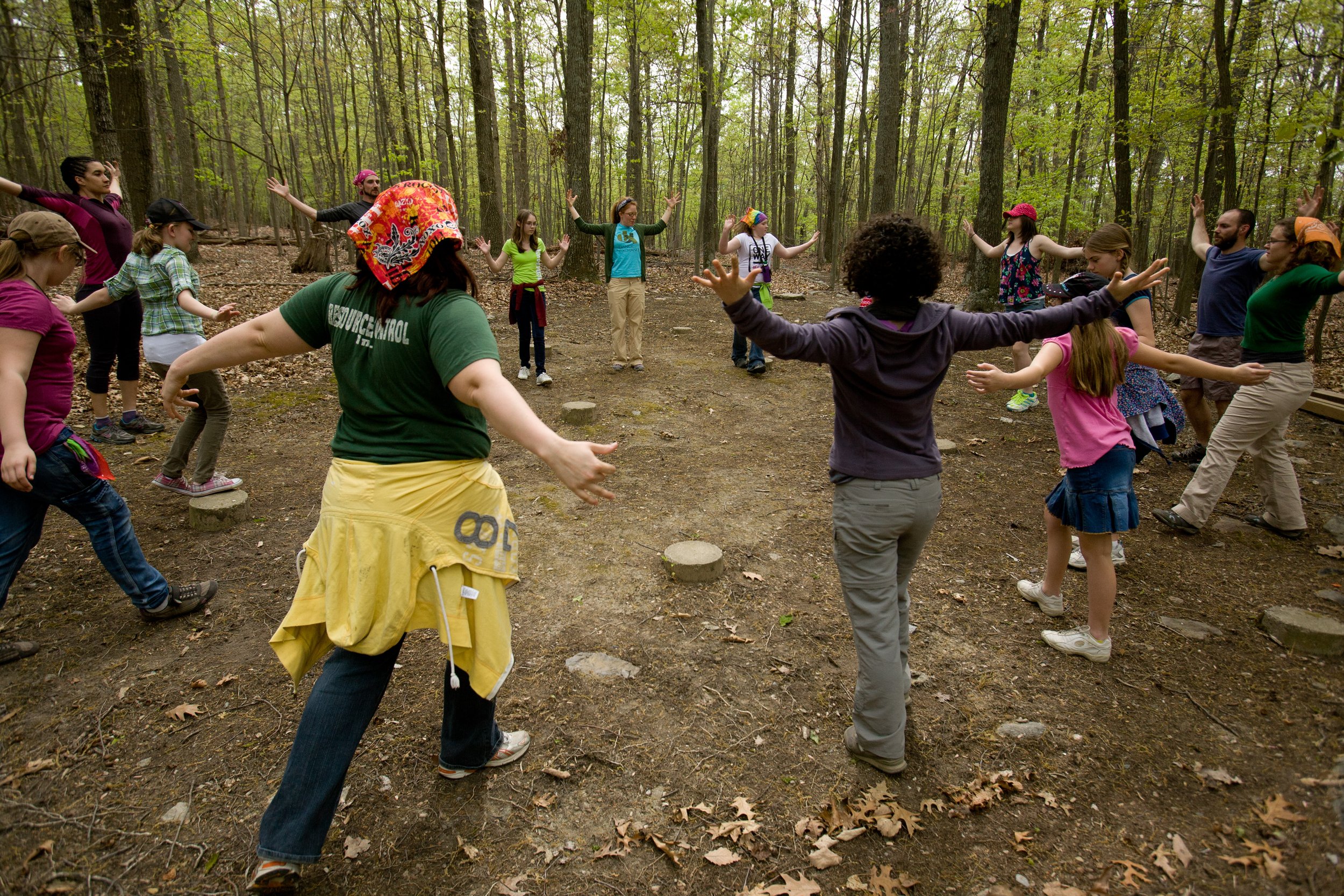

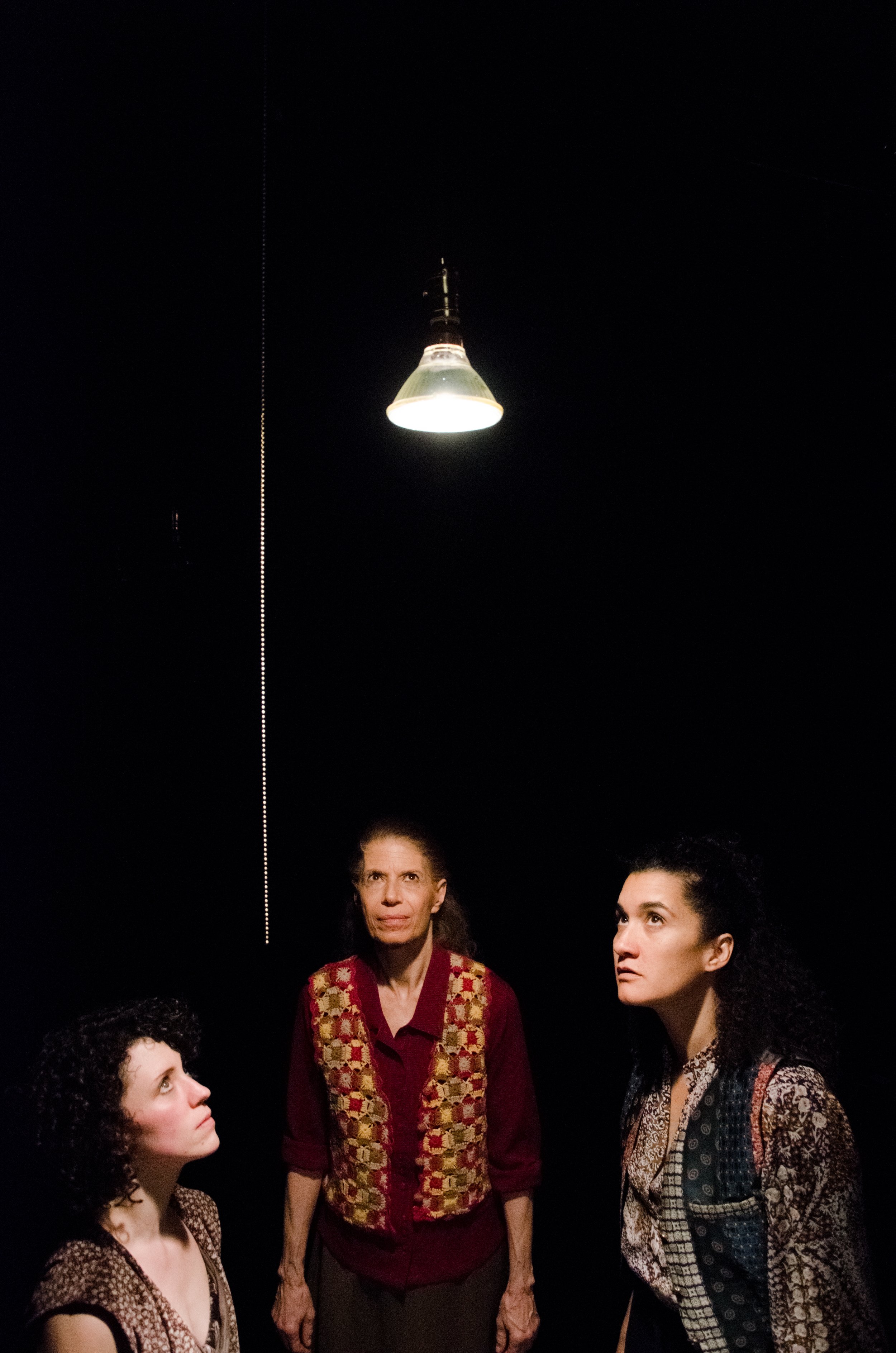

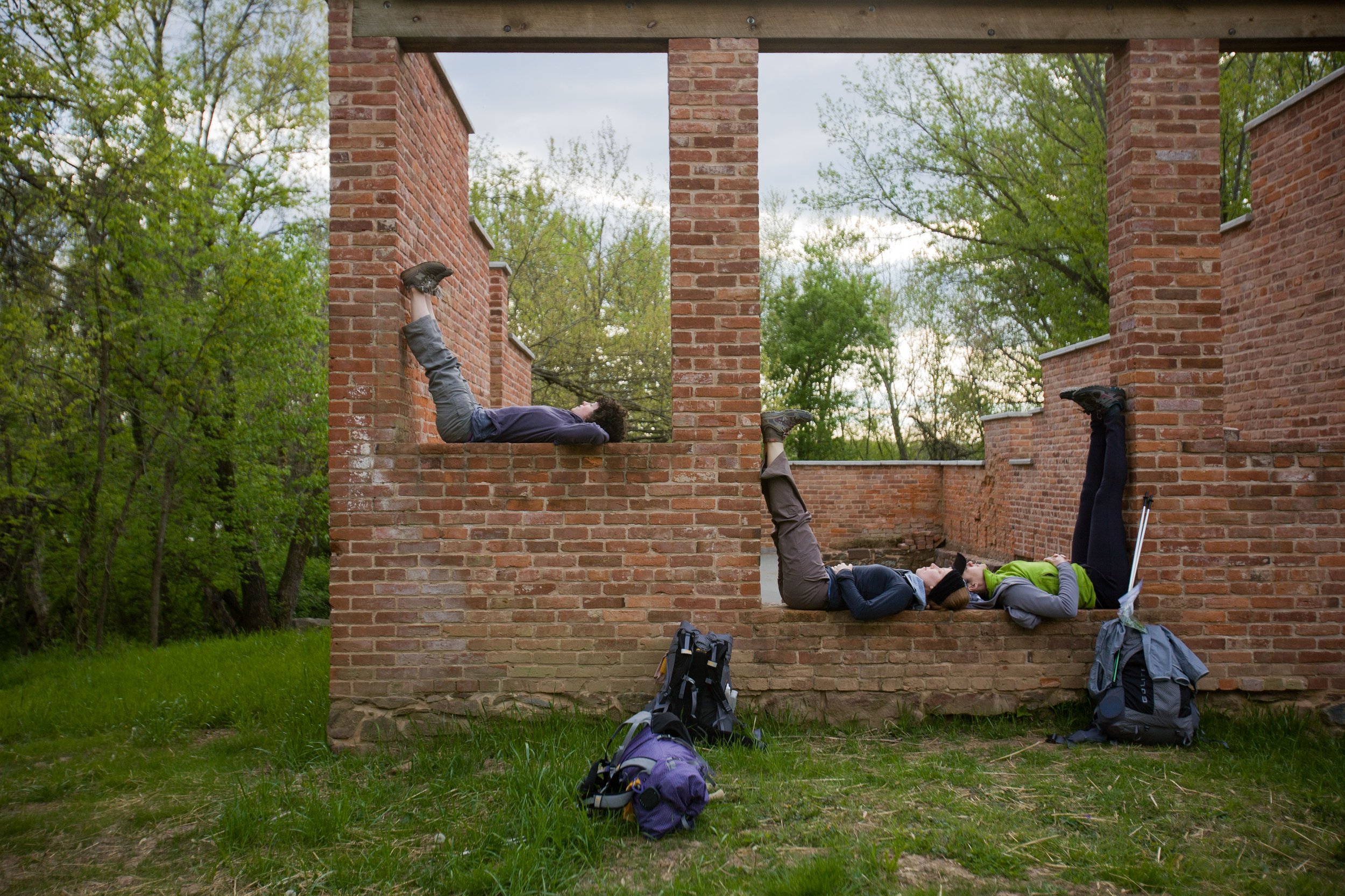


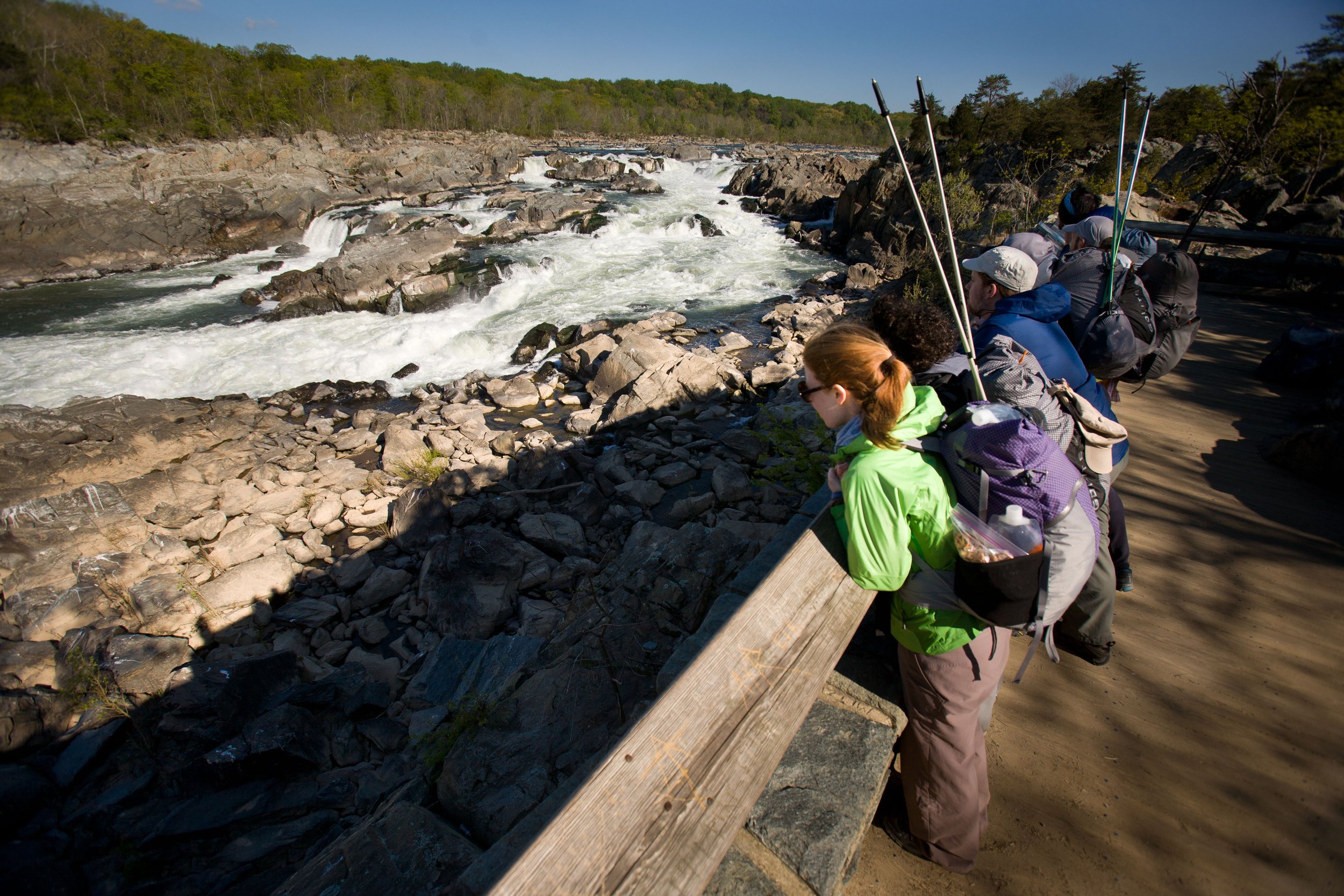
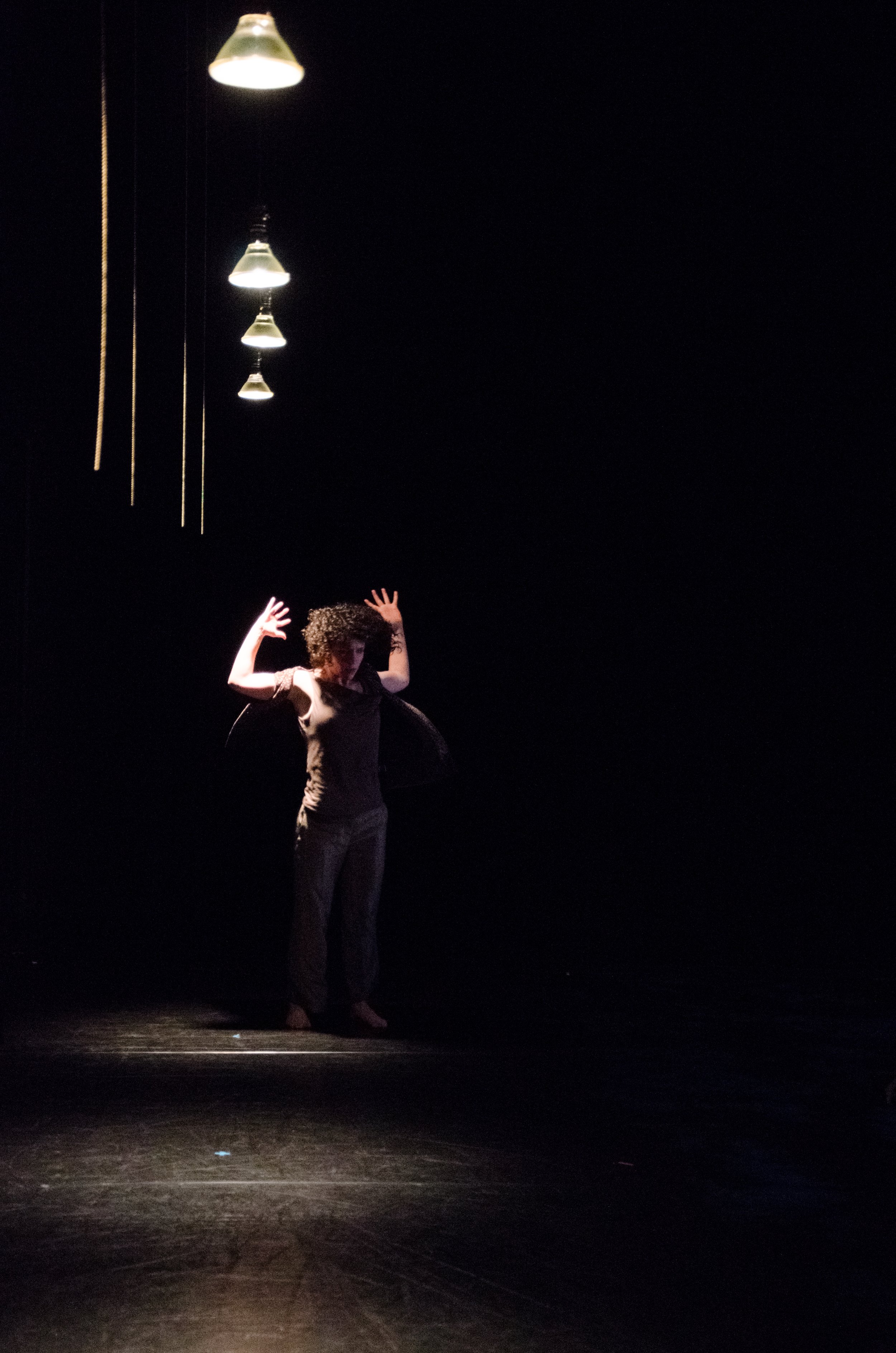

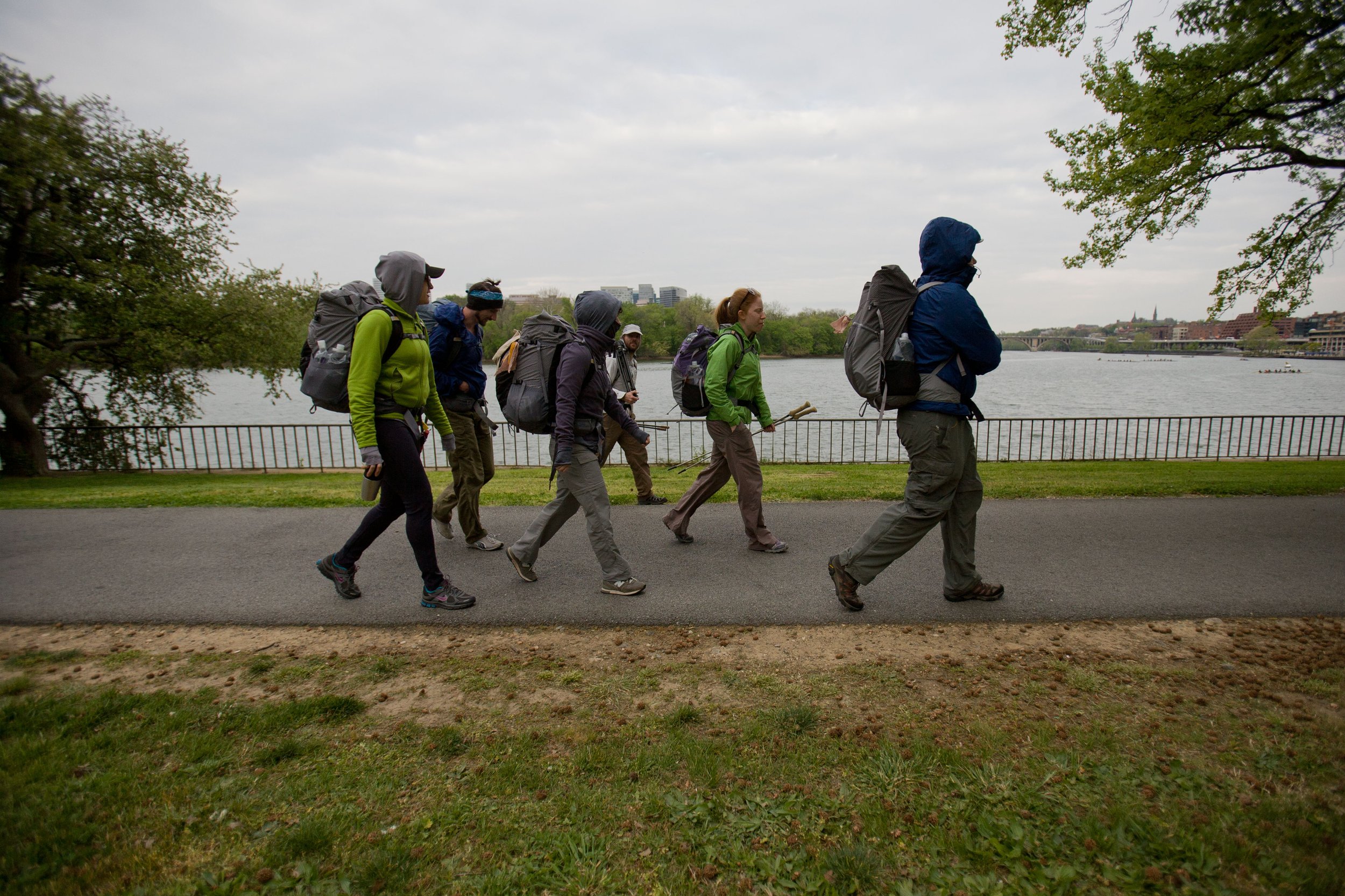
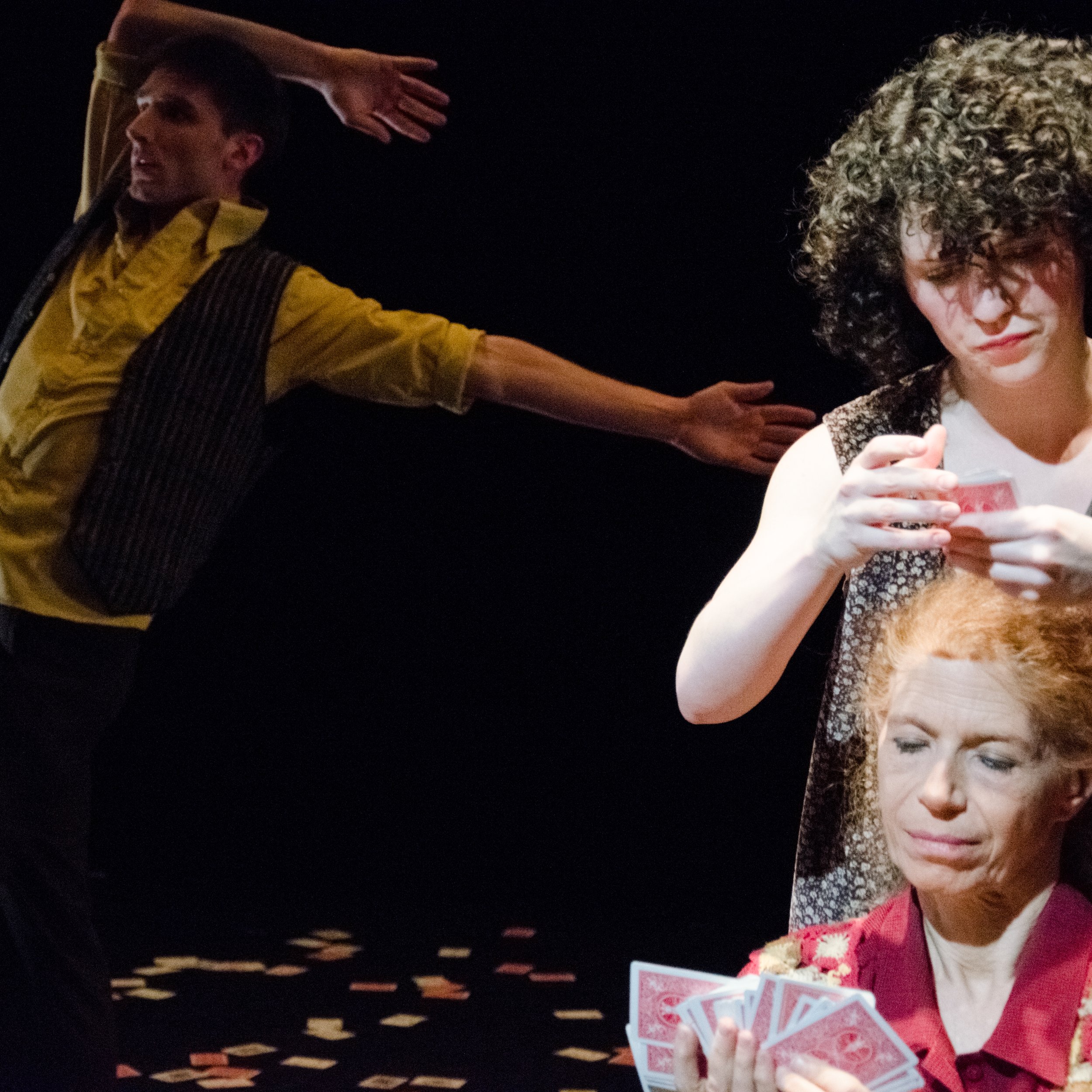
This project was supported by…
How To Lose a Mountain was a National Performance Network (NPN) Creation Fund Project co-commissioned by John Michael Kohler Arts Center in partnership with Dance Place, Dance Exchange and NPN. This project was made possible in partnership with the US Forest Service and was supported in part by an award from the National Endowment for the Arts. The development of the project was generously supported through a choreographic residency at Workspace for Choreographers prior to, and along, the 500-mile walk. Additional partners in the development of the project include: Rock Creek Park, the John F. Kennedy Center for the Performing Arts, Glen Echo Park, Dickerson Generating Station, FLOC Outdoor Education Center, Updraft Slippery Slope, McGuffey Arts Center, Sheffield Elementary School, Claytor Nature Center, Giles County Senior Center, the Moss Arts Center at Virginia Tech, Kayford Mountain and Keeper of the Mountains, and the Center for American Progress.
The full performance or excerpts from it have been staged at Dance Place and The John F. Kennedy Center for the Performing Arts in Washington, D.C.; the John Michael Kohler Arts Center in Wisconsin; The Clarice Smith Performing Arts Center at University of Maryland, Round House Theater, and Olney Theatre Center in Maryland; Trillium Performing Arts’ Lewis Theatre in West Virginia; Bealtaine Festival in Ireland; Link Centre in Mississippi; Westobou Festival in Georgia; and Wesleyan University’s Center for the Arts in Connecticut.

